
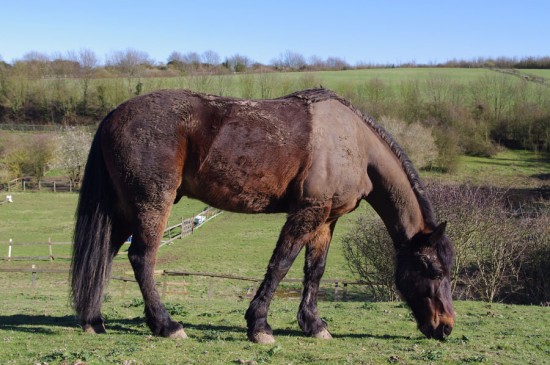
If you’re new to riding or horse ownership, it might come as some surprise to you that the time of year when riders might consider clipping their horse or pony is now upon us- yes, it’s something that’s done in preparation for the winter, and not the hot weather of the summer as you could be forgiven for thinking!
If you continue to ride and exercise your horse or pony regularly throughout the winter, you might want to consider getting them clipped, depending on the type of horse or pony you own, what you intend to do with them in the winter, and the condition of their coat. Not sure about all of this? Then read on to find out more!
All horses and ponies but particularly native and hardy breeds which are used to the colder weather, grow in a thick, heavy winter coat to help them cope with the colder weather of the winter. During exercise your horse or pony will sweat- how much depends on your horse’s condition, the heaviness of their coat and how hard you work them. Cold sweat on the coat can take a while to dry completely in the winter, and can lower your horse’s core body temperature and make it hard for them to keep warm, leading to an increased risk of catching a chill or having problems with maintaining condition. Clipping your horse can help with this, both in terms of reducing the amount your horse sweats, and making them easier to dry after exercise. It can also improve the general appearance and condition of the coat.
Understandably, if you remove some of the winter coat which your horse needs to protect themselves from the elements, you will have to consider how you can replace this in order to help them to keep warm enough by the use of rugs and hoods in the colder months.
There are a few common ‘styles’ or patterns of clip used in the UK today, each removing a different amount of hair depending on the needs of your particular horse or pony.
This is a very light clip, removing just the hair on the underside of the neck and to the centre of the belly. This clip is suited to horses worked lightly, and you may be able to turn your horse out on all but the coldest days without a rug.
This clip removes the hair on the underside of the neck and belly (much like the bib clip), but extends further back to the loins and comes up the side of the horses flank by a few inches.
The high trace clip follows the same pattern as the low trace clip, but removes hair to a higher level including the sides of the cheekbones and up to a point about 2/3 of the way up the saddle.
The blanket clip leaves the hair on your horse’s legs and on an area of the body approximately equivalent to that which would be covered by a small rug or exercise blanket.
The hunter clip leave hair on an area the approximate size and shape of the saddle (in fact a numnah is often used to provide the outline shape to clip around) and on the legs.
A full clip is relatively uncommon in the UK, and is generally seen on high level competition horses which work hard on a daily basis and are almost always kept stabled. This clip removes all of the horse’s body hair apart from a triangle shaped area above the tail.
Remember, the harder your horse works, the larger body area it is appropriate to clip, so horses only in very light work will only require a small clip, or no clip at all if they do not sweat particularly much. The greater the area which you clip, the more attention you will have to pay to keeping your horse warm, with rugs, other protection and stabling. With the possible exception of the bib clip, you cannot just turn out (or often, even stable) a clipped horse without additional protection!
If your horse or pony grows a very heavy winter coat and sweats heavily from light exercise or during the normal levels of exercise that you use them for, you might want to consider having them clipped.
This will also make them easier to groom and keep clean, but remember that a clipped horse or pony is more vulnerable to the cold and wet, so you may have to spend more time and money on equipment such as rugs and stabling for a clipped horse than an unclipped one.
If you’re in any doubt, talk to your riding instructor or another experienced rider for advice.
It’s generally fairly easy in most areas to hire someone to clip your horse or pony for you at a reasonable cost, particularly if several people on your yard join together and have your horses clipped on the same day. Ask around or look for adverts in local tack shops, livery yards and online.
Of course, you can also buy a pair of clippers and clip your horse yourself, and many owners do just that. But for the first few times your horse of pony is clipped, it’s wise to leave it to an expert and watch closely!
Remember that your clipped horse or pony will need rugs and other protection during the winter, and possibly stabling. This can work out expensive and also potentially time consuming.
When deciding on what clip to choose, remember, you can always have a little more hair taken off- but it can’t be put on! If you’re undecided about which clip to choose, go for the lightest clip first and see how you get on. You can always have a higher clip next time!
Your horse or pony may need to be clipped two, three or even more often throughout the winter in order to keep benefiting from their clip- bear this in mind when making your plans.
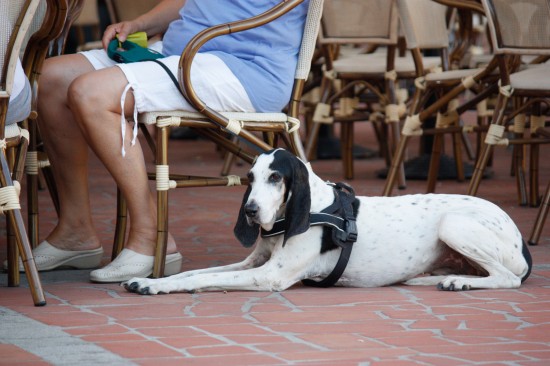 Dog Friendly Restaurants & Other Eateries In & Around London
Dog Friendly Rest
Dog Friendly Restaurants & Other Eateries In & Around London
Dog Friendly Rest
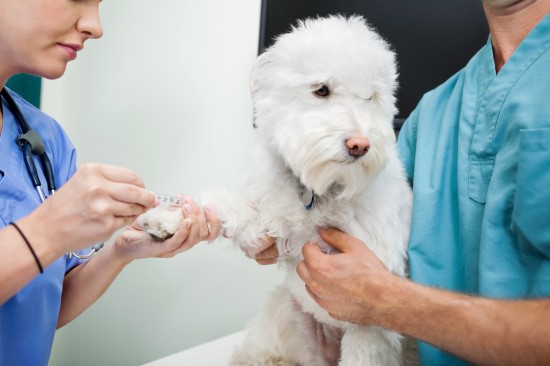 Have You Thought About Your Dog Donating Blood?
Have You Thought
Have You Thought About Your Dog Donating Blood?
Have You Thought
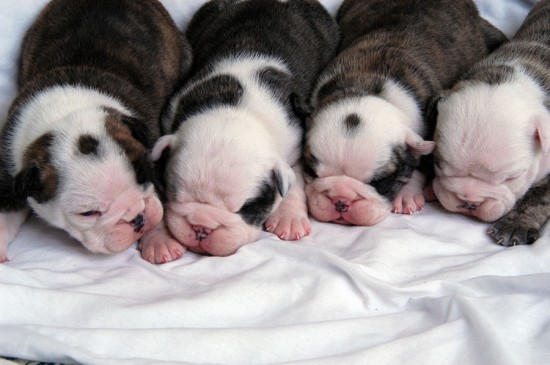 Breeding From Your Dog - Caring For The Litter During Their First Two Weeks Of Life
Breeding From You
Breeding From Your Dog - Caring For The Litter During Their First Two Weeks Of Life
Breeding From You
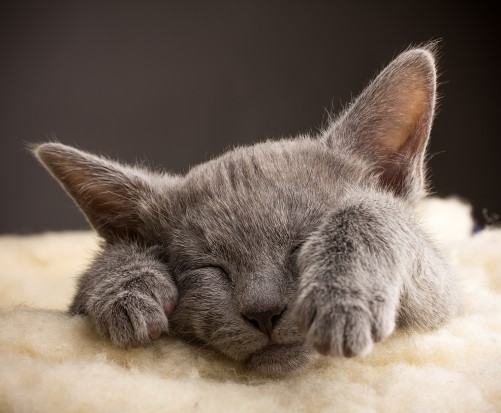 Ten Reasons Why Cats Make Better Pets Than Dogs!
Ten Reasons Why C
Ten Reasons Why Cats Make Better Pets Than Dogs!
Ten Reasons Why C
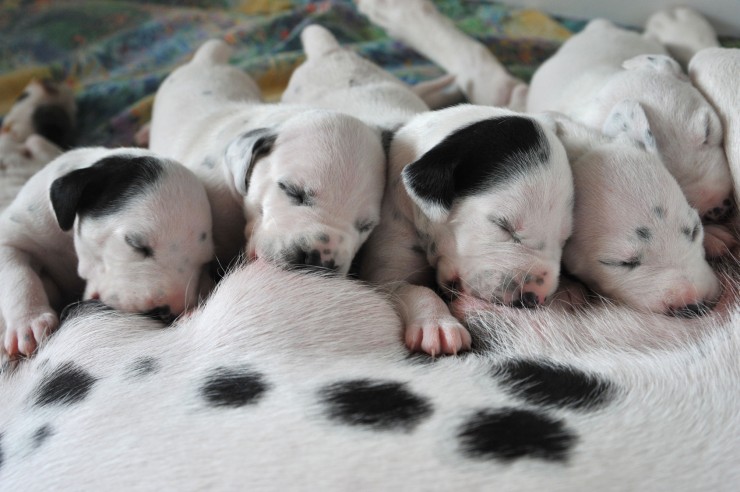 Assessing The Potential Buyers Of Your Pedigree Puppies
Assessing The Pot
Assessing The Potential Buyers Of Your Pedigree Puppies
Assessing The Pot
Copyright © 2005-2016 Pet Information All Rights Reserved
Contact us: www162date@outlook.com